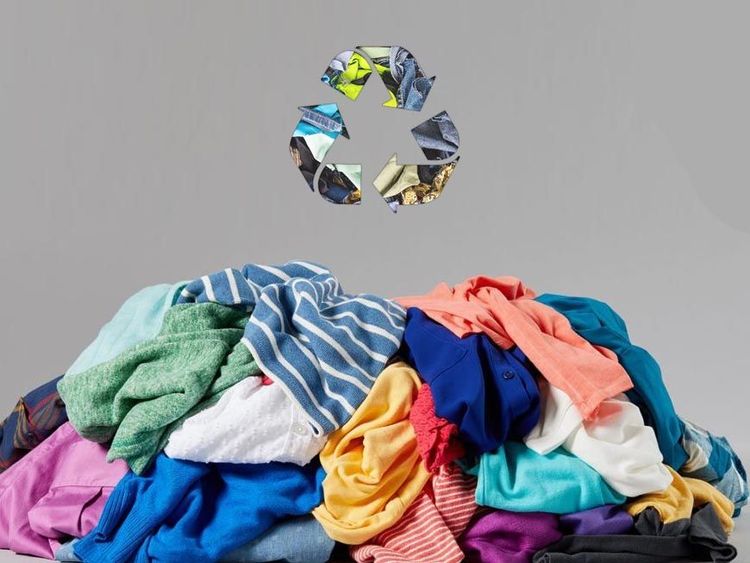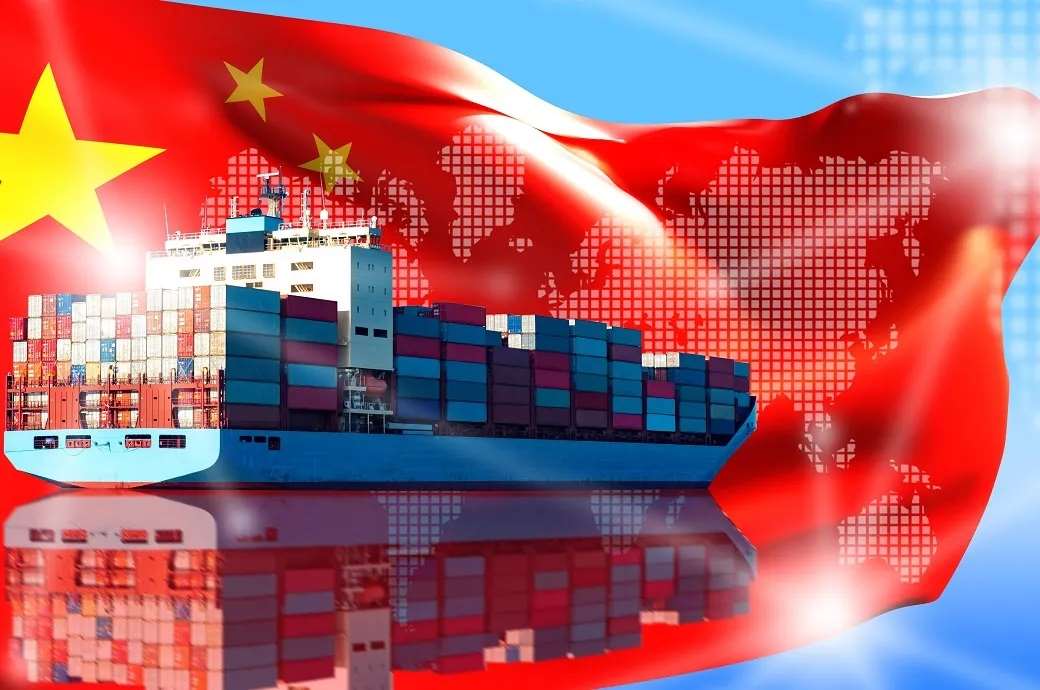
Are the reciprocal tariffs in the textiles and apparel sector a fleeting political maneuver, or a harbinger of a protracted trade war? The question hangs heavy, devoid of easy answers. While the announcements suggest permanency, the inherent volatility of international relations leaves room for speculation. However, assuming these tariffs are indeed ‘for real’ their ramifications will reshape the global textile and apparel landscape.
Supply chain realignment
The most immediate and predictable consequence will be a significant diversion of the global supply chain. Manufacturers, driven by the need for cost efficiency, will shift towards countries offering low or no tariffs for exports to the US. This isn't merely a theoretical exercise; it's a fundamental economic principle. In the textiles and apparel sector, where margins are thin and turnaround times are tight, even minor disruptions trigger sourcing shifts. Brands and sourcing agents are already recalculating their country-of-origin equations. Expect a rise in investments and production capacity in countries like Vietnam, Bangladesh, and potentially those in Sub-Saharan Africa, where preferential trade agreements exist or can be negotiated. These shifts won’t happen overnight, but with every container rerouted from a tariffed country to a duty-free one, the momentum builds. Tariffs, thus, become catalysts for long-term structural reorientation rather than mere policy levers. It’s not a seamless transition. Substantial infrastructure development and logistical adjustments are imminent. The speed and scale of this shift will be contingent upon the tariff differentials and the perceived longevity of these measures.
The illusion of reciprocal rollbacks
The notion of a retaliatory tariff regime has opened up a dangerous game of brinkmanship. However, many countries—especially those with trade surpluses with the US—may choose not to escalate but rather de-escalate. The logic: maintain competitiveness by rolling back duties and landing in the minimum 10 per cent slab, keeping access to the world’s largest consumer market intact. This is fundamentally flawed. Countries will be reluctant to concede their bargaining chips without commensurate concessions. Emerging economies with heavy reliance on apparel exports to the US are unlikely to sustain high reciprocal tariffs for long. Quiet recalibrations are more probable than loud confrontations. Already, murmurs suggest that trade ministries in a few ASEAN nations are weighing tariff rollbacks quietly to avoid headlines but protect market share. The 10 per cent figure is unlikely to serve as a universal benchmark. Expect sector-specific negotiations.
Inevitable retaliatory storm
Retaliatory tariffs from China, Canada, and the EU are inevitable—but how impactful are they in textiles? China's play may not be in tariffs alone but in non-tariff barriers—customs delays, compliance red tape, sourcing bottlenecks. For the US apparel exporters (though a minority) this could hurt. But the bigger threat lies in China weaponizing its raw material dominance—polyester, cotton yarn, textile machinery—subtly throttling global supply. This will trigger a cascade effect, disrupting supply chains and inflating input costs. Canada and the EU may respond more symbolically, particularly in luxury goods and specialized apparel. Their impact will be felt more as sentiment shifts in trade alliances, pushing US apparel players to hedge supply chains even further. The potential for non-tariff barriers, like regulatory requirements and customs delays, looms large.
The intricate web of global trade means that the consequences of these retaliations will ripple through the entire ecosystem, affecting not only manufacturers and retailers but also ancillary industries like logistics, warehousing, and transportation.
Are these tariffs for real?
These are not token gestures—they signal a structural shift in how trade negotiations are being weaponized. But tariffs rarely live forever. Their shelf-life depends on two things: domestic inflationary backlash and multilateral pushback. The erosion of multilateralism and the rise of protectionist policies will create an environment of uncertainty and instability. With elections, consumer price sensitivities, and shifting global alliances, tariffs may be diluted or recalibrated. But by then, the supply chains will have already adapted—sometimes permanently.
Beyond the immediate economic impact, the geopolitical implications cannot be ignored. These tariffs are likely to increase existing tensions, potentially leading to a fragmentation of the global trading system. The erosion of multilateralism and the rise of protectionist policies will create an environment of uncertainty and instability, hindering long-term investment and innovation.
And for the textiles and apparel sector, this is less about reacting to tariffs and more about future-proofing sourcing, diversifying markets, and digitizing compliance. The winners won’t be the lowest-cost producers, but the most agile ones—those who treat tariffs not as roadblocks but as signposts for strategic redirection. The industry must prepare for a period of significant upheaval, characterized by supply chain restructuring, price volatility, and heightened geopolitical risk.










